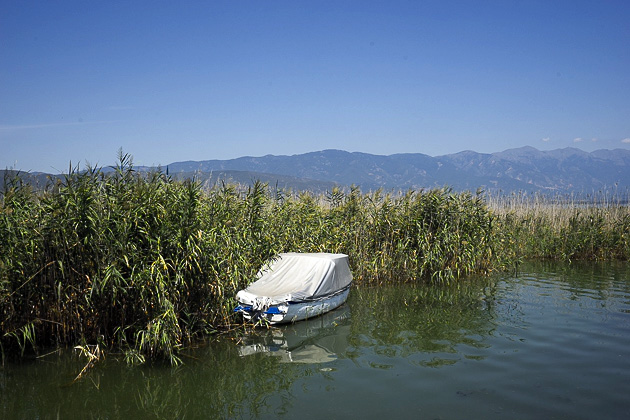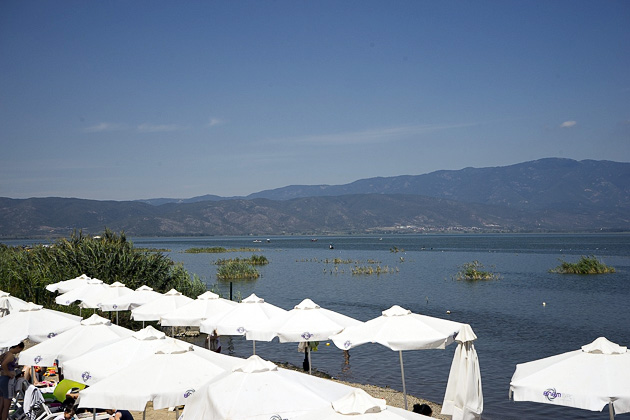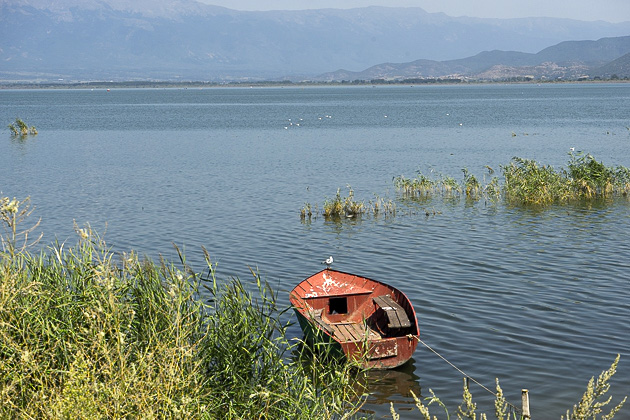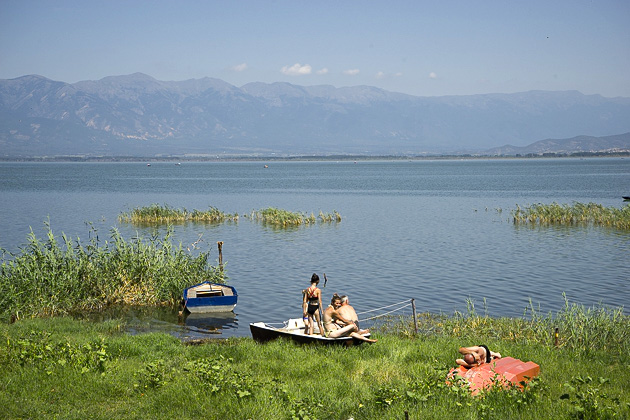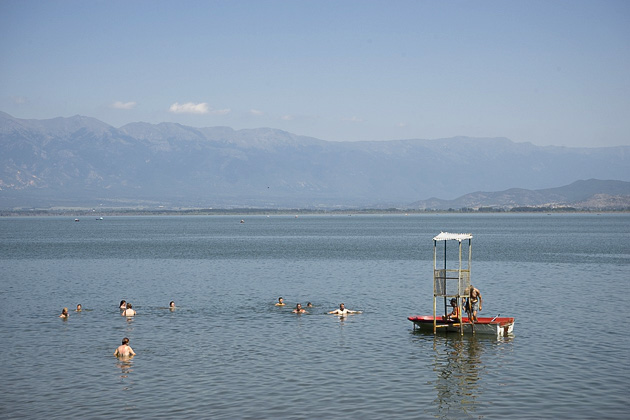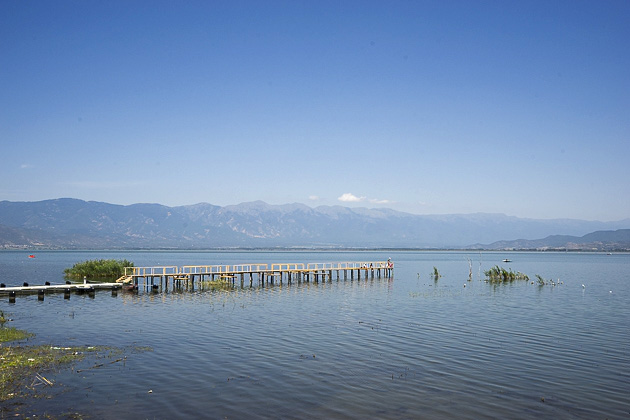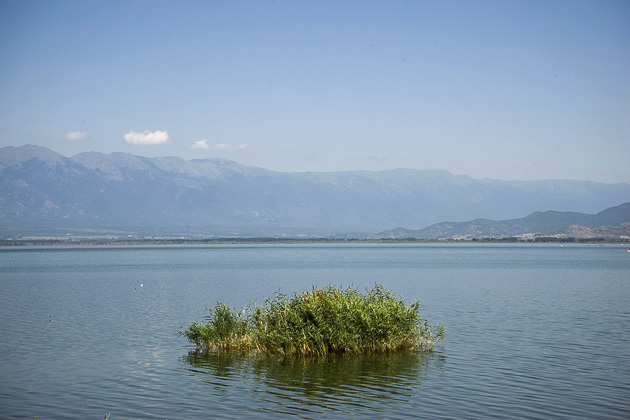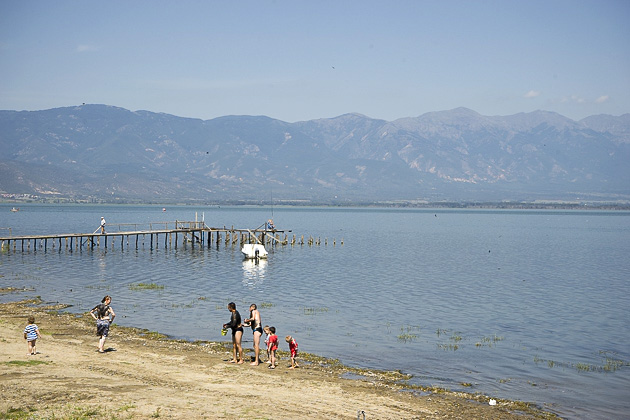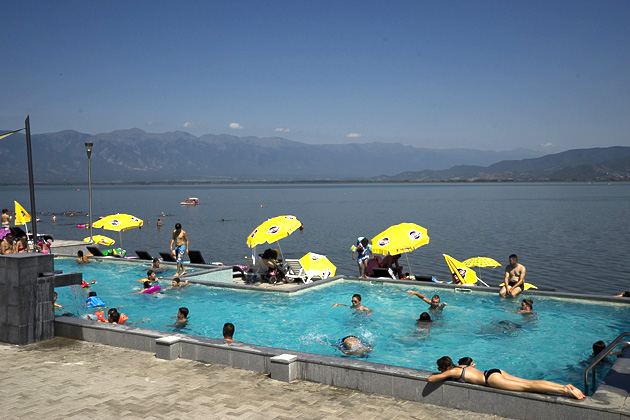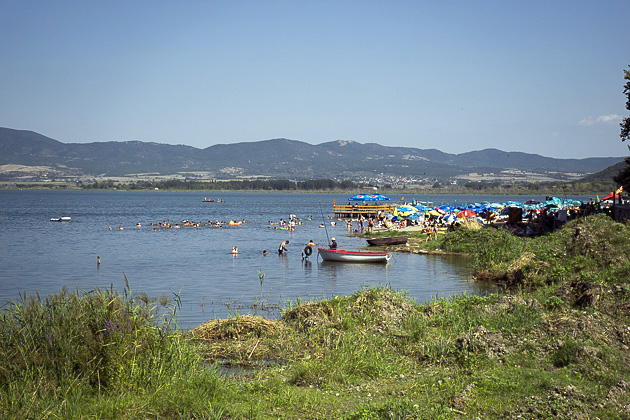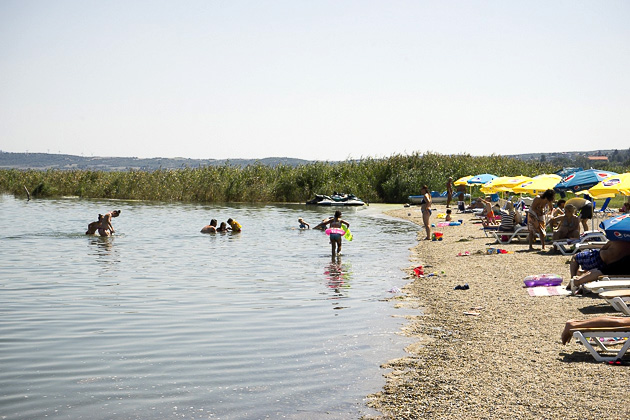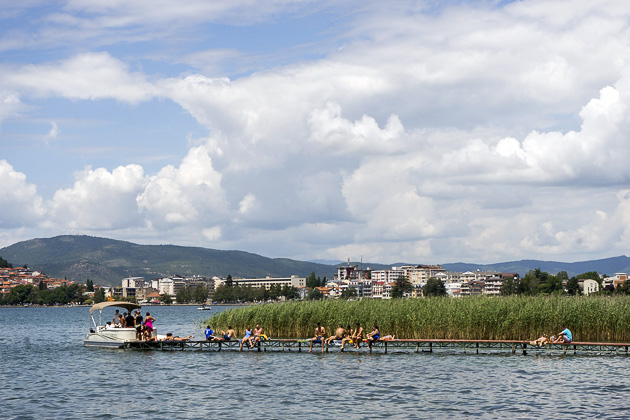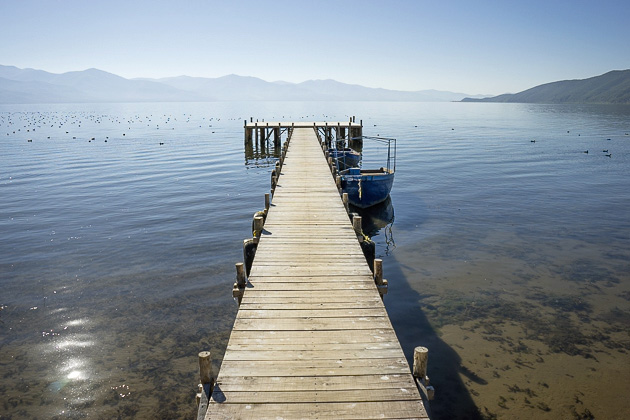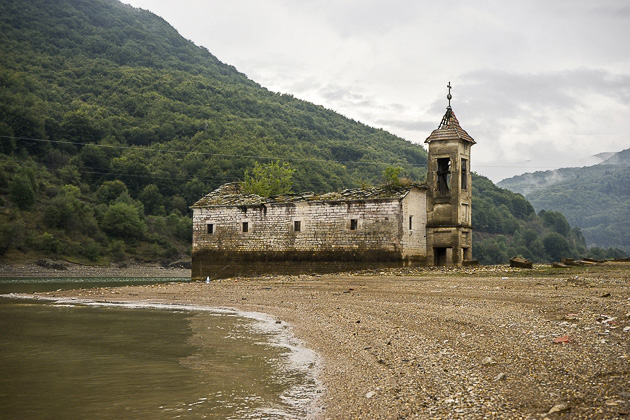Lake Dojran’s Story of Recovery
A few years ago, things were looking grim for Dojran (pronounced “doy-ran”), a lake in the southeastern corner of Macedonia. It was losing water rapidly to over-ambitious agriculture, and facing total disappearance. But a strict conservation program has brought this small lake back from the brink.

We had only heard Dojran described as “troubled,” “endangered,” and “diminished,” so weren’t expecting much during our visit. Certainly, we weren’t expecting to see its beaches packed with hundreds of people laying out, swimming, and caking themselves with mud. If the intent behind Dojran’s recovery was to spur tourism, its mission has already been accomplished.
Oval-shaped Dojran is split between Macedonia and Greece, the latter controlling the lake’s eastern third. There are two towns on the Macedonian shore: Nov (New) Dojran and Star (Old) Dojran. We drove straight through Nov Dojran into the older town, which boasts a long line of beach hotels and restaurants. After parking the car, we walked along the promenade and watched in puzzlement as bathers waded out into the water, gathered up handfuls of sludge, and smeared it all over their bodies. Later, we’d learn that the dark mud of Dojran is believed to have properties which are beneficial for bones. People will coat themselves entirely in the stuff, then lay in the sun to let it bake.
A mud bath sounded tempting, but instead we continued walking along the shore. Dojran isn’t the most beautiful lake in Macedonia; the water is rich with algae, so its color is greenish in tint, and the surface is filmy. But with teetering fishing huts set on stilts in the water, and a laid-back atmosphere, it makes for a pleasant place to spend some time.
Dojran was part of the Macedonian Front during World War I, and the scene of intense fighting between Allied and Bulgarian troops. Battles were fought here in 1916, 1917 and 1918, and all three ended the same way: with the Bulgarians successfully repulsing the Allied advance, and heavy casualties on each side. The battlefields can today be visited on the hill above Dojran.
Location of Star Dojran on our Map

